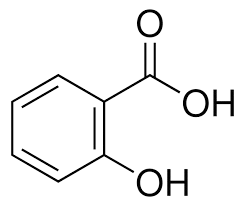Cinnamic Acid
Silver Fern is a leading supplier and distributor of bulk specialty chemicals, with over 20 years of serving North America’s top manufacturers.
Cinnamic acid, also known as cinnamylic acid or trans-cinnamic acid, is an organic compound that can be derived from natural or synthetic sources. It has a beige to white color and typically appears in a crystalline form. Cinnamic acid has a faint odor resembling that of honey. It is slightly soluble in water and freely soluble in various organic solvents such as glacial acetic acid, acetone and ether. It is considered to be irritating to human skin and tissue.Product Details |
|
|---|---|
Formula: |
C9H8O2 |
CAS Number: |
140-10-3 |
Also Known As: |
(E)-3-Phenyl-2-propenoic acid; (E)-Cinnamic acid; 2-Propenoic acid, 3-phenyl- (E)-; trans-3-Phenylacrylic acid; trans-beta-Carboxystyrene |
applications:
Cinnamic Acid finds use in multiple industries. It is commonly used to manufacture flavors and dyes, such as synthetic indigo. Its main use is in the perfume industry. Here it is utilized in the production of the methyl, ethyl and benzyl esters. These esters are major components of perfumes. Cinnamic acid is also used in the production of certain pharmaceuticals, mostly for antihelminthics.Typical Specifications
Data is representative of average lots;
data taken from specific lots may vary.
Appearance |
Beige to white crystalline powder |
Boiling Point, °C |
300 |
Density, g/cm3 |
1.248 |
Melting point, °C |
133 |
Molecular weight, g/mol |
148.16 |
Odor |
Faint odor |
Purity, % |
99 |
Submit An Inquiry
COMMERCIAL REQUESTS ONLY
We want to hear from you and will respond promptly
Structure: |
|


Distribution Locations Across USA

